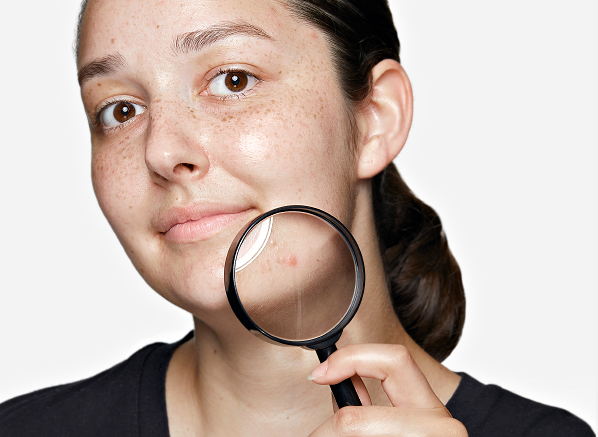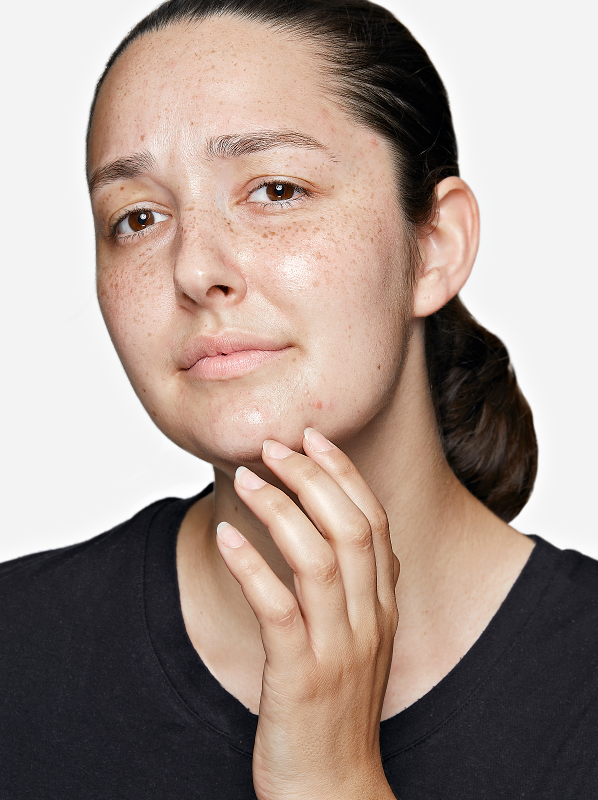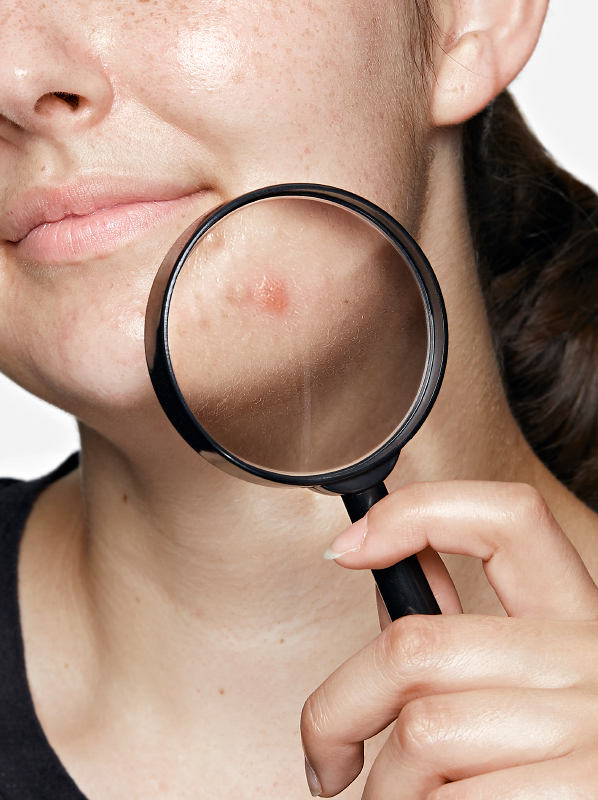

When it comes to stress, you might already know about the ways it affects your overall health, happiness and wellbeing; but what about the ways in which stress impacts your skin?
I’ll be the first to admit that stressful situations have sometimes gotten the better of me, which I’m sure is the case for many of us. A prime example of this was during my studies; as much as I loved my school and university days, I still suffered from the occasional sleepless night during exam periods, along with flare-ups of eczema that seemed to spike during times of stress.
And I’m certainly not alone. Stress is something that affects us all at some point or another – whether we’re feeling overwhelmed by school pressures or suffering from workplace burnout, or struggling with health anxieties or financial worries. In fact, a 2018 survey found that 74% of people felt so stressed at some point in the year that they felt overwhelmed or unable to cope.
And, although I’m by no means a medical professional, I have seen first-hand the ways that stress can affect the skin. So, to kickstart my stressed skin series, I’m going to be looking at the ways stress impacts the body’s largest organ – the skin – and how to recognise the signs so we can learn how to take care of ourselves and our skin. But before we get started, there’s one question that needs to be answered first…

What Is Stressed Skin?
Just like our bodies can feel out of whack when we’re stressed or anxious – common symptoms include sleepless nights, pulsing heart rates or gut issues – our skin can also be directly affected by our stress levels. Put simply, stressed skin is a physical, external sign of internal anxieties and worries.
What Causes Stressed Skin?
In order for us to understand how stress impacts the skin, we have to get technical for a moment.
The Role of Cortisol:
Cortisol is one of the key players when it comes to stress. Nicknamed the ‘stress hormone’, it sometimes gets a bit of a bad rep due to the way it leaves us feeling stressy and overwhelmed, but it does benefit us in lots of ways, too – from regulating blood pressure to reducing insulin release.
When we’re scared, worried or we sense danger, cortisol is released as a part of the body’s instinctive fight or flight response; it’s your body’s way of telling you that you either need to fight or run away. This natural response was great back in the early days, but most of us don’t need to run away from wild animals anymore (hopefully!) So instead, this reaction is flared by other stressors, such as assignments that are due, or presentations in work.
And although a boost of cortisol can be good every now and then (it can give us a rush of adrenaline to face a problem head on), struggling with high cortisol levels for prolonged periods can sometimes have a negative effect on your overall health and wellbeing, sometimes leading to burnout.
So, it’s always important to try to notice what situations trigger stress, and talk to loved ones or medical professionals to find ways to cope if you feel overwhelmed. You can find support through a number of charities and organisations, including Mind, the NHS and Shout.
View this post on Instagram
The Knock-On Effect On Our Skin:
Now, let’s look at the ways this can affect your skin. Cortisol is known to affect the immune system; sometimes it delays the skin healing process and can disrupt its natural barrier, which is a natural part of the skin’s genetic makeup that keeps it healthy and happy. I like to think of it as a dam that keeps hydration locked in, and nasties locked out.
There’s also a link between increased cortisol levels and inflammatory skin conditions, like psoriasis and rosacea.
Can The Environment Cause Stressed Skin?
Stressed skin isn’t just caused by our internal worries; it can also be caused by our environment too. You might have already heard the terms ‘external aggressors’ or ‘environmental stressors’ and wondered what these mean, what they are, and how they impact your skin.
Just in the same way that internal stress can sometimes impact your skin, external stressors can damage and overload it too. Key examples of these include UV rays, pollution, smoke and temperature changes. They play a part in everything from skin sensitivity to premature ageing, which is one of the reasons why it’s always important to wear sunscreen every day. And if you live in an urban setting, another tip is to look out for anti-pollution skincare, which acts like a shield to protect your complexion against damage from the environment.

How Can You Tell If Your Skin Is Stressed?
Just like stress affects everyone’s bodies differently – some have unsettled stomachs and some have hot flushes – stress can impact our skin in unique ways too. I’ve categorised some of the main ways that stress can show on your skin:
Dryness and Dullness:
• High levels of anxiety can suppress the production of hyaluronic acid, which can dry out the skin.
• Cortisol can disrupt the skin’s natural barrier; once this barrier is weakened, it can struggle to keep moisture locked in. You can think of it as a leak within a dam.
• Skin heals less quickly when you’re stressed, which might mean that it won’t renew itself as quickly and will begin to dull.
• Dry skin can contribute to dullness, and fine lines and wrinkles.
Signs of Ageing and Fatigue:
• Cortisol has been linked to the breakdown of collagen and elastin in your skin, which are two of the key components of young, plump and wrinkle-free complexions.
• Consistently high levels of cortisol can lead to high blood sugars, which can damage your natural collagen.
• Sleepless nights due to stress can cause everything from dark circles and puffy eyes, to dullness and fine lines.
Oiliness and Breakouts:
• Cortisol can also encourage oil production, which can lead to clogged pores and inflammatory acne.
• Studies show that stress can confuse the balance of bacteria, so acne-related bacteria can flourish.
• Stress-induced acne is most common around the mouth and chin.
Redness, Flushing and Irritation:
• As you might expect, stress can show as a form of short-term skin sensitivity.
• Sometimes, your skin can release a histamine when you’re stressed, resulting in hives, redness and itching.
Skin Conditions:
• Stress can trigger or contribute to existing skin conditions that can be more long term.
• There’s a link between increased cortisol levels and inflammatory skin conditions – particularly the links of rosacea, eczema and psoriasis.




